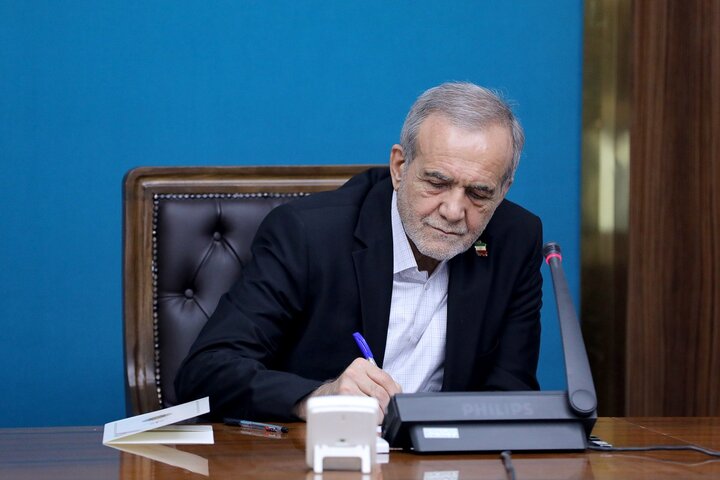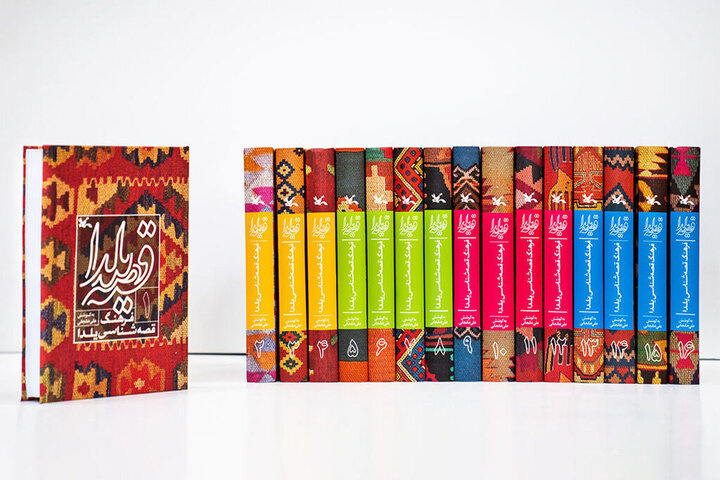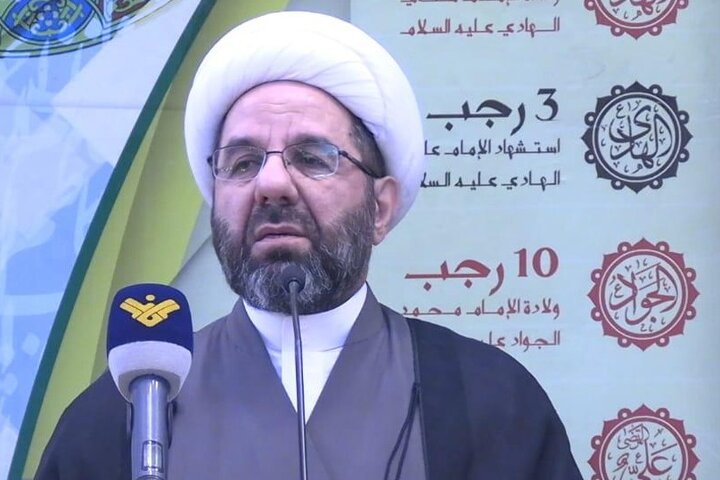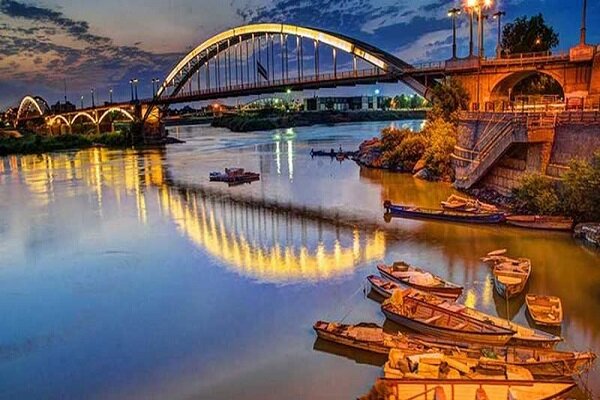
Located in the southwest of Iran, Ahvaz is the capital of Khuzestan province. It is situated on the banks of the Karun River and is the largest city in the province.
History
Ahvaz has a long history, with evidence of settlements dating back to the pre-Islamic era. Over the centuries, the city has been ruled by various empires, including the Achaemenid, Parthian, and Sassanid empires, as well as the Arab and Ottoman empires.
The origin of the name Ahvaz is taken from the Khuzi (or Huzi) people who were the native inhabitants of Khuzestan province and their language was the language of the people of Khuzestan until several centuries after Islam.
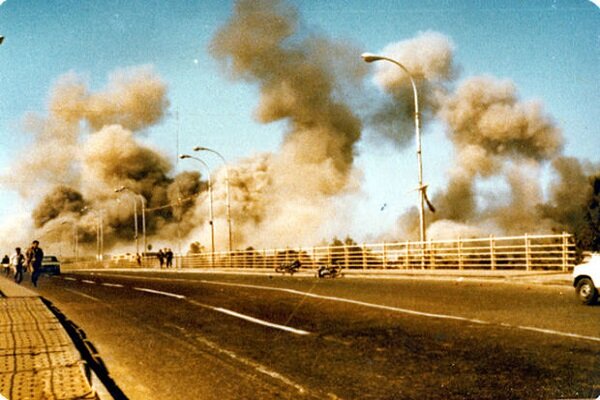
During the imposed Iran-Iraq War in the 1980s, Ahvaz was heavily bombed by then Iraqi Baath Army, causing significant damage to the city’s infrastructure and leading to the displacement of many residents. In the years that followed, the city underwent significant reconstruction and development, with new neighborhoods, roads, and public buildings being constructed.
Climate

Ahvaz is known for its hot, arid climate, with summer temperatures occasionally reaching over 50 degrees Celsius (122 degrees Fahrenheit).
Sandstorms and dust storms are also common during the summer period in the city. However, in winter, the minimum temperature can fall to around 5 °C (41 °F). Winters in Ahvaz have no snow.
In recent years, Ahvaz has faced environmental challenges, including air pollution and water shortages.
Ethnicity and Language
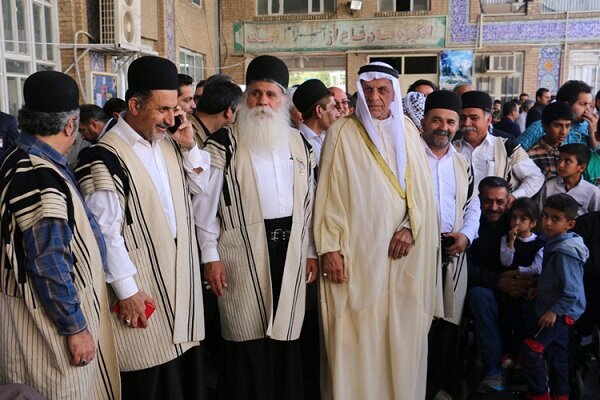
As you stroll through the markets and streets of Ahvaz, you will come across various tribes and ethnic groups. Arabic language is also spoken alongside Persian in many parts of the city.
Traditional Garments
Ahvaz has a diverse culture and traditional dress styles that reflect its history and local customs. The traditional dress for men in Ahvaz is called Thawb which is a long, simple and white shirt that is ankle-length and has a diplomat (Iraqi) or round (Emirati) collar. The outfit is completed with a headscarf called “keffiyeh” or “ghutrah”, which is worn around the head and neck.
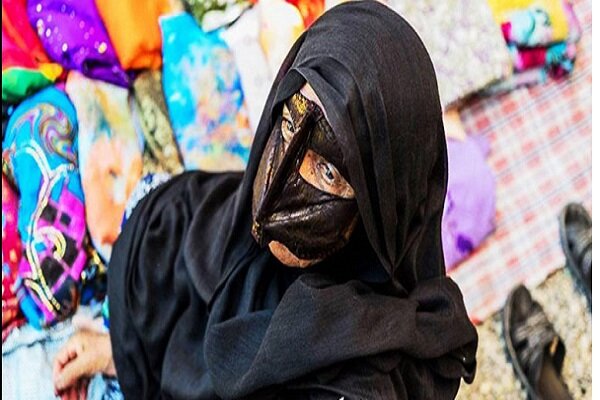
The traditional dress for women in Ahvaz is called “Jalabeeb”. It is a long, loose-fitting dress that covers the entire body and often comes in bright and vibrant colors. The Jalabeeb is typically made of light and breathable fabrics such as cotton or silk and is adorned with intricate embroidery and embellishments. Women also wear a headscarf called “Roosari” or “Hijab”, which covers the hair and neck.
It is worth noting that traditional dress styles continue to play an important role in cultural events and celebrations in the city, such as weddings and festivals.
Food
Ahvaz has a great food culture, which is due to the great variety of ethnicities in this city. Most of the dishes in this city are spicy and have a completely unique color and smell. Dishes consisting of fish are usually the most famous dishes of Ahvaz, which are cooked in different ways.
‘Ghalieh Mahi’ (Persian fish and Herb Stew)
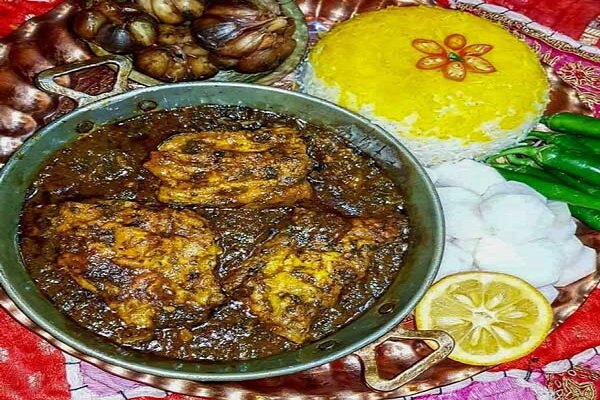
This dish is a type of stew and is served with white rice. To prepare fish roe, you can use different fish such as milkfish or salted fish. The dish is also prepared with fresh vegetables, tamarind, spices and tomato paste.
‘Grilled Saboor Fish’
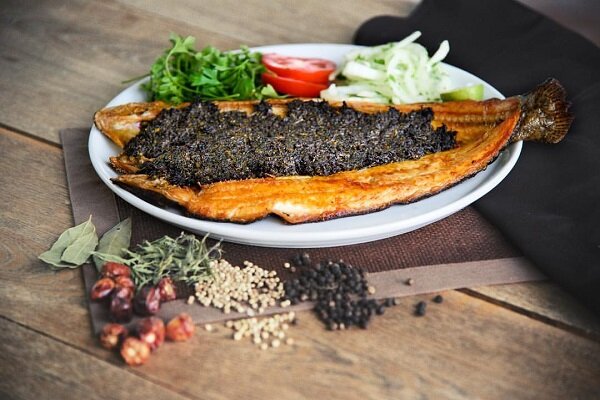
Saboor Fish is one of the famous fishes of Ahvaz, which is grilled. Vegetables, tamarind and various spices are placed inside its belly. The fish has a very delicious taste and is served in different ways.
Other popular dishes in this city include falafel, samosa, shrimp, pakora, ranginak and nafela.
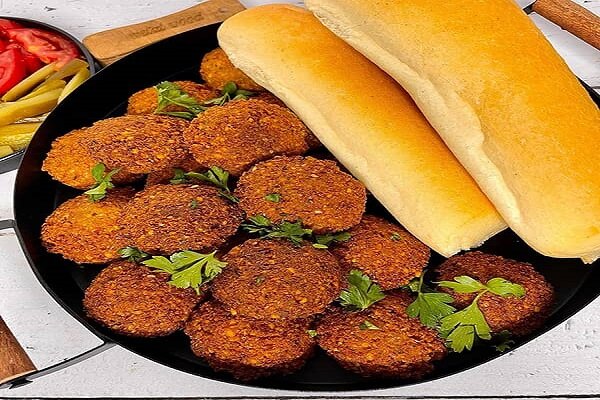
Falafel is one of the main dishes of Khuzestan province, which is prepared in different cities these days. The main ingredient for preparing this dish is chickpeas, which is used as one of the valuable foods because of its high protein content. Other ingredients used to prepare falafel include eggs, potatoes, parsley and special spices. You can get this food on most of the streets of Ahvaz, especially in Lashkar Abad region.

Samosa is one of the delicious and popular foods, whose origin goes back to the south of Iran. Samosa is a combination of different middle ingredients, which is like a core inside a thin bread that is wrapped in a triangular shape. There are different types of samosa filled with meat or vegetables and served with different sauces.
Places to see
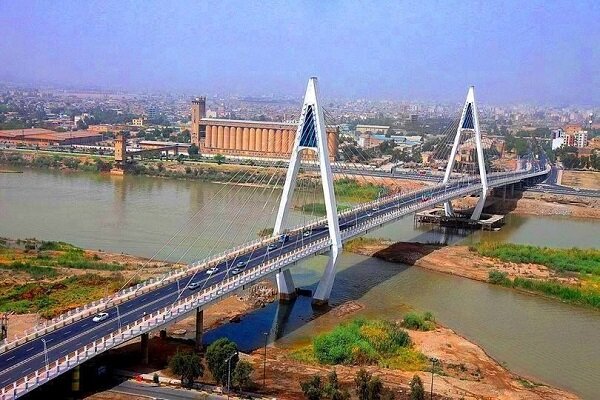
Because of its various tourist attractions, Ahvaz has become one of the important tourism hubs. From historical centers to different bazaars and mosques.
‘Karun River’

Karun River, which runs through Ahvaz, is the longest river in Iran and an important source of water and hydroelectric power for the region. The Karun-3 Dam, located just outside the city, is one of the largest hydroelectric dams in Iran.
‘White Bridge’

Another attraction of Ahvaz city is the White Bridge. The bridge dates back to 1936 and is located on the famous Karun River. The bridge is very beautiful, especially at night when you will see many tourists next to it. This bridge has been registered as one of the historical sites of Iran due to its historical age and remains a symbol of the city still today.
‘Abdul Hamid Bazaar’
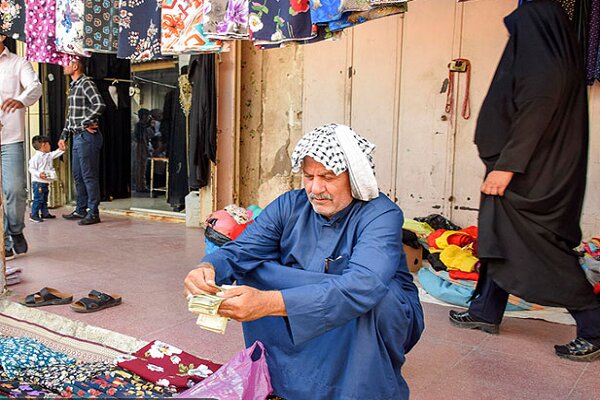
Located in the eastern part of Ahvaz, Abdul Hamid Bazaar is one of the most traditional markets in the city. In the past, Abdul Hamid Bazaar was one of the central and main markets of Ahvaz, which was usually considered as the place where the rich visited. This market is currently operating as one of the local markets of Ahvaz and is among the cheap markets of the city.
‘Ali ibn Mahziar Ahvazi Shrine’
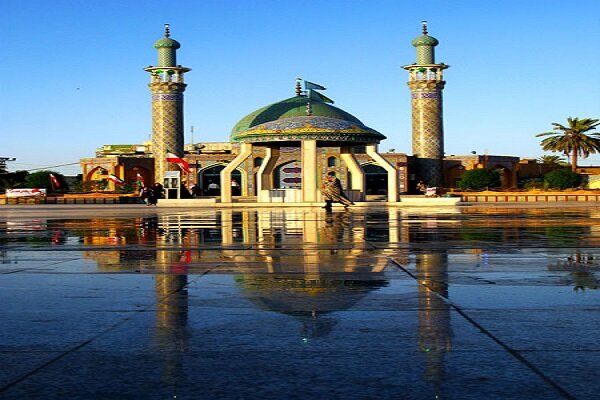
Ali ibn Mahziar Ahvazi Mausoleum is one of the religious and pilgrimage areas of Ahvaz, and its building is among the oldest buildings in Ahvaz. He was one of the companions of Imam Reza (a.s.), and one of the scholars of his time. This mosque was established in 201 AH and after the death of Ali ibn Mahziar Ahvazi, it was considered as his shrine. This tomb is one of the main religious parts of Ahvaz, which hosts various religious ceremonies.
‘Ahvaz Artificial Waterfall’

Ahvaz hosts the longest artificial waterfall in the Middle East, which is built on the seventh bridge of Ahvaz. This waterfall is very spectacular with unique lighting. Water fountains are thrown into the river from around the bridge.
Ahvaz Oil Industry
The oil industry has played a crucial role in the development and economy of Ahvaz. The city is located in the Khuzestan Province, which is home to some of the largest oil reserves in Iran. The discovery of oil in the region in the early 20th century led to rapid industrialization and urbanization, as well as significant social and economic changes.

The National Iranian Oil Company (NIOC) is the main entity responsible for the exploration, production, and export of oil and gas in Iran. The NIOC operates several oil fields in the Khuzestan Province, including the Ahvaz Oil Field, which is one of the largest in the region.
The oil industry has had a significant impact on the economy of Ahvaz and the wider region. It has generated significant revenue for the Iranian government and has created many jobs in the oil and gas sector, as well as in related industries such as transportation, construction, and manufacturing.
Football
Khuzestan province is home to several football clubs that compete in various leagues.
‘Foolad FC’
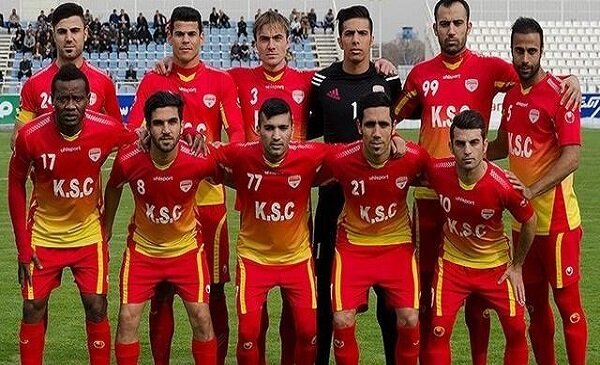
Founded in 1971, Foolad Khuzestan FC is one of the most successful football clubs in the province. The team has won the Iran Pro League (IPL) twice, in 2013 and 2014, and has also won the Hazfi Cup, the Iranian equivalent of the FA Cup, on two occasions. Foolad Khuzestan FC is based in the city of Ahvaz and plays its home matches at the Foolad Arena.
‘Naft Masjed Soleyman FC’

Founded in 2007, Naft Masjed Soleyman FC is a relatively new club in Khuzestan. The team has played in the IPL for a few seasons and has also won the Azadegan League, the second tier of Iranian football, once. Naft Masjed Soleyman FC is based in the city of Masjed Soleyman and plays its home matches at the Ghadir Stadium.
Traditional Music

Music plays a prominent role in the native culture of Ahvaz. Even the mourning ceremonies of Ahvazi people are accompanied by music. Besides Persian music, the music of the Arab-populated regions of Ahvaz is also influenced by the music of southern Iraq and also, and the Bakhtiari tribes of Ahvaz have their own style of music. Bakhtiari’s music is associated with pleasant simplicity.
Crafts and Souvenirs
Ahvaz is known for its rich culture and heritage, including a variety of traditional crafts, which you take back from the city during your visits.
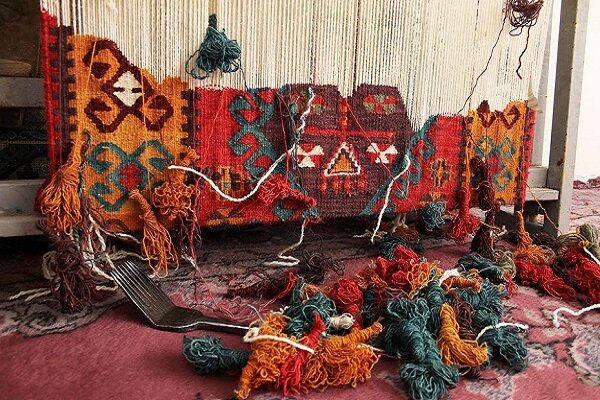

Kilim weaving: Kilim is a type of flat tapestry-woven carpet or rug that is traditionally made by nomadic tribes in Iran. Kilim weaving is also popular in Ahvaz, where skilled weavers create intricate designs and patterns using natural materials such as wool and cotton.
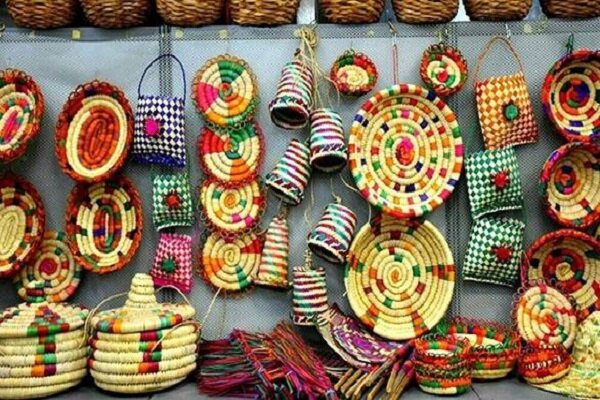
Palm weaving: Palm weaving is another traditional craft in Ahvaz that involves creating baskets, mats, and other objects using dried palm leaves. Palm weaving is a skill that has been passed down through generations in the region and is still practiced by local artisans today.
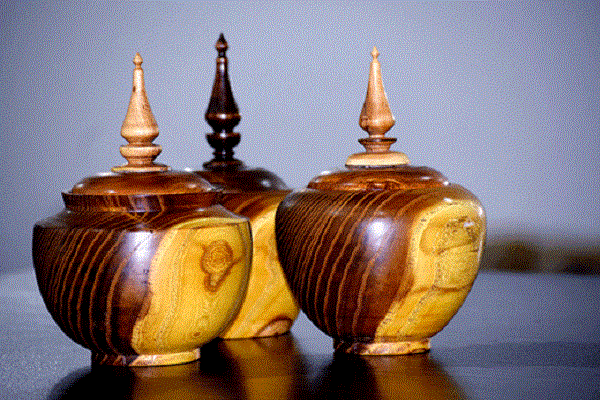
Wood carving: Wood carving is a popular craft in Ahvaz, where skilled artisans create intricate designs and patterns on wooden objects such as furniture, doors, and decorative items. The wood used for carving is often sourced from local forests and can include a variety of species such as oak, walnut, and cedar.
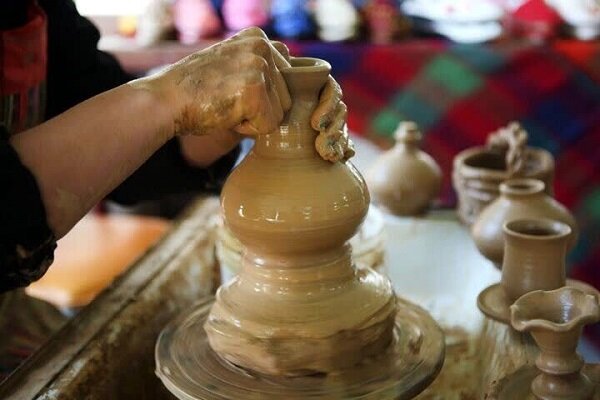
Pottery: Pottery is another traditional craft in Ahvaz that involves creating ceramic objects such as bowls, vases, and plates. Local potters use natural materials such as clay and glazes made from local minerals to create unique and beautiful pieces of pottery.
Overall, Ahvaz is a city with a rich history, culture, and natural resources, though it also faces a number of challenges related to the environment, the city remains an important center of education, industry, and culture in Iran and the wider region.
Compiled by Sareh Khosravi
